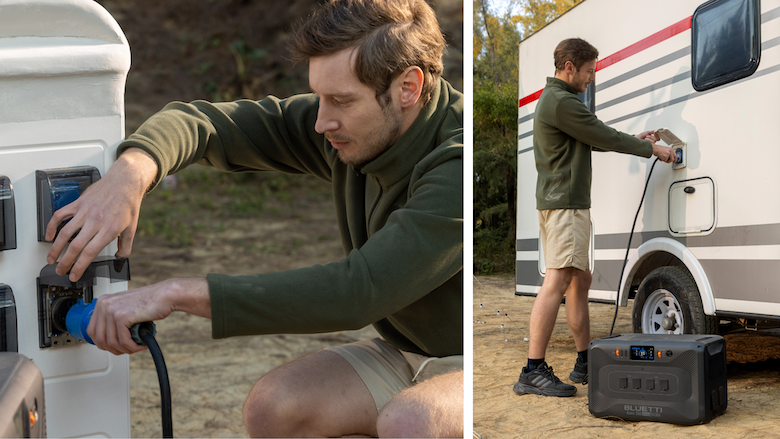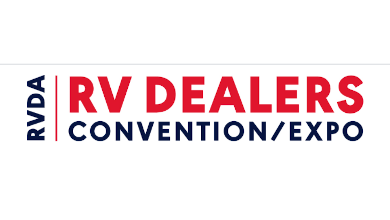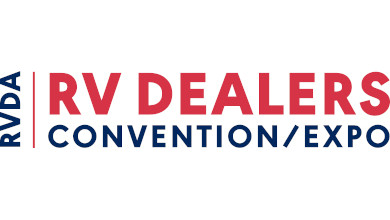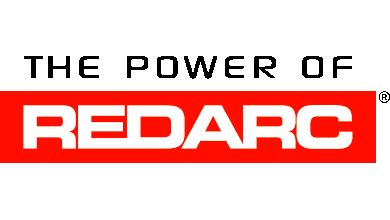Top Challenges to Alternative Power Source Adoption in the RV Industry
OEMs, dealers and RVers face complex challenges — from integration costs and supply chain demands to training requirements and customer education.

Editor’s Note: This is Part 3 of the four-part “Powering the Future: Insight on RV Energy Solutions.” For the main page with links to all four parts, click here.
What is a challenge that OEMs, dealers & end users face regarding adopting alternative power sources?

Eric Meadows, Lithionics, president: The [situation] is similar to when LEDs first came to the scene to replace incandescent light bulbs. Everyone knows the new technology is better, but it functions completely different than the incumbent technology. Lithium battery systems all have circuit boards and computer chips running the show whereas AGM batteries and even generators are pretty basic in this regard. Any time there is this big of a technology shift, everyone from the engineering leader at an OEM to the salesperson at the dealership to the person selecting their next RV must be educated. The new lithium technology also allows for a lot more power storage in smaller packages. This allows for a lot more energy to power adventures, but also it requires greater attention to safety when installing these larger systems. It’s common sense, but when you’re storing more energy, designing around safety becomes increasingly important. At Lithionics, we work closely with OEMs and dealers to ensure systems are properly sized, installed and supported, so the end user gets the full benefit of clean, quiet, reliable power.

Mike Kurtz, REDARC Electronics, North American OEM sales leader: One of the primary challenges is a lack of understanding about the benefits that lithium and solar technologies offer to the RV lifestyle. Many consumers, and even some OEMs and dealers, are unfamiliar with how off-grid power systems work and the freedom they can provide.

Tony Yerman, RV Dealers Association, fixed operations consultant: The major challenge for motorized vehicles is range anxiety — 250 miles is the most so far. Cost would be another challenge. Lithium ion batteries are quite expensive.
EcoFlow Technology Inc.: While high upfront costs and return on investment (ROI) uncertainty remain key barriers to adopting alternative power solutions, EcoFlow offers partnership programs to directly address these challenges to create tangible value for OEMs and dealers. Our Price Protection Program eliminates pricing volatility — a major pain point in energy transitions — by locking in stable costs regardless of raw material fluctuations. The tiered Rebate Program transforms capital expenditures into progressive profit drivers, with higher purchase volumes directly improving ROI metrics. Our 10-year warranty and UL-certified components mitigate long-term operational risks that often deter adoption, while the reliability of EcoFlow Power Kits enhances end user confidence. By combining cost predictability (addressing upfront concerns), scalable profitability (solving ROI hesitations) and certified durability (removing performance doubts), we enable partners to overcome adoption barriers while building sustainable market advantage.

Andrew Stiebler, RVMP, GM of aftermarket sales & marketing: One of the biggest challenges is the balance between innovation and infrastructure. OEMs and dealers are eager to adopt alternative power sources like lithium battery systems or solar hybrids, but integration can be complex, requiring new training, support models and design standards. For end users, the learning curve and upfront costs can be barriers. It’s not that the technology isn’t ready — it’s that the ecosystem needs to catch up. Bridging that gap takes collaboration across the supply chain, clear education and products designed to plug seamlessly into existing RV platforms.

Ellen Lee, BLUETTI POWER Inc., PR specialist: From the OEM perspective, I think one of the biggest initial hurdles is the sheer investment required for research and development and establishing reliable supply chains. At BLUETTI, we take pride in our significant investment in in-house research and development, coupled with our own manufacturing facilities and a robust, self-controlled supply chain. This vertical integration allows us to innovate rapidly in battery technology and ensure the quality and availability of our components, which are crucial for seamless integration into future RV designs.
For RV dealers, they’re facing a bit of a learning curve. Their teams need to get up to speed on these new technologies. That’s why BLUETTI is committed to providing comprehensive information and support to our dealer partners, ensuring they can confidently explain the benefits and features of our power solutions to their customers. We see education as key to overcoming any hesitations.
Finally, for the end users, I think the upfront cost and range anxiety are significant concerns. While BLUETTI doesn’t manufacture the entire RV, our high-capacity, portable power stations offer a more accessible entry point into cleaner energy for RVers. They can supplement existing power systems, reduce reliance on generators and provide power in off-grid situations. Ultimately, BLUETTI’s goal is to empower RVers with reliable, clean and portable power solutions that enhance their adventures and contribute to a more sustainable way of exploring.

Matthew Bondie, Revatek, director of sales: I think for the OEMs, there’s always going to be increased production costs when it comes to implementing new technologies like advanced battery systems or sophisticated solar setups, which can significantly increase the initial manufacturing costs of RVs. The dealers will need comprehensive training for their sales and service teams to understand the intricacies of alternative power systems, including their benefits, limitations, maintenance requirements and troubleshooting to ensure they can educate potential customers about the benefits and trade-offs of alternative power sources. For the end user, battery life and replacement costs: RV batteries, especially lithium-ion batteries, have a finite lifespan and can be expensive to replace. Understanding battery management and degradation is crucial.

Rohini Raghunathan, Xponent Power, CEO and founder: Like other electronic products, the performance, durability and reliability of solar products vary widely based on how they’re designed, the quality of components used and how they’re assembled. So a challenge is understanding all of these factors in adopting an appropriate and effective alternative power source.

Daniel Clarkson, Navico Group, VP & GM, Navico Connect: One of the primary challenges OEMs, dealers and end users face in adopting alternative power sources is the price. Currently, tariffs on imported components exacerbate these costs, making it difficult for many to justify the investment. However, as technology expands across various industries, economies of scale will drive costs down, making alternative power sources more accessible and affordable. Another significant hurdle is the fear of new technology. Many stakeholders are hesitant to adopt unfamiliar systems due to concerns about reliability and performance. This apprehension often stems from the high initial costs and uncertainty about long-term benefits. Overcoming these fears requires education and demonstration of the technology’s advantages, which will become more apparent as prices decrease and adoption rates increase.
Find more answers on this topic on RV PRO’s website at rv-pro.com/tag/2025-powering-the-future/.



